This article has been reviewed according to Science X's editorial process and policies. Editors have highlighted the following attributes while ensuring the content's credibility:
fact-checked
trusted source
proofread
Opinion: Architects should use opportunities to make spaces that benefit all forms of life
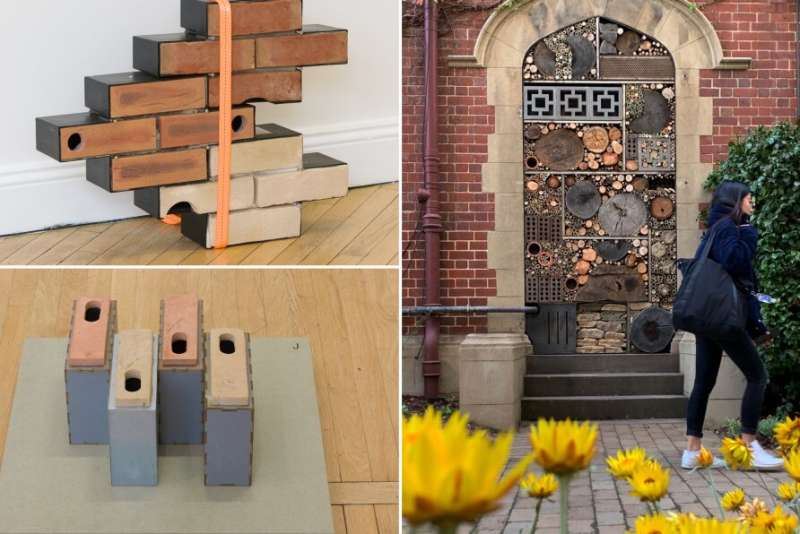
Have you ever dreamed of having your own Grand Designs moment? An opportunity to live in a space designed for you, perfectly fitting your lifestyle, needs and daily routines.
Today, a growing number of designers are working to help other creatures that live next to humans enjoy these comforts too.
Traditional design prioritizes efficiency, uniformity and consumption, but often sacrifices the richness and nuance of living communities. The resulting structures are often equally hostile to human and non-human beings.
But, by considering the lives and needs of plants, animals and even microbes, we have an opportunity to design more sustainable, equitable and innovative spaces that benefit all forms of life.
If you would like to have a say in the design of your own dwelling, then so should crabs or owls. They are experts in their own lives and their choices should lead design.
However, design collaboration with non-humans is a tricky affair.
Animals and plants don't read project briefs, often live secretive lives and don't welcome surveillance or intrusions. And yet, with careful observation, data interpretation and testing in the field—we can make significant progress.
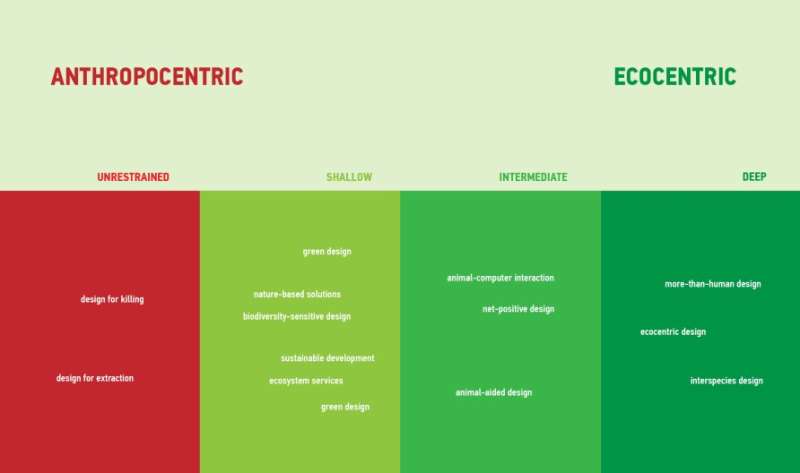
For example, at the Deep Design Lab, we're on a mission to transform the way humans approach design by shifting toward a "more-than-human" perspective.
Our projects range from eco-friendly habitat structures inspired by termite nests to smart systems that reduce light pollution and tools for preserving more-than-human heritage like those created by large old trees.
Thankfully, we're not alone in the mission to advocate for non-human life.
In a recent issue of Architect Victoria, we gathered leading experts in "Design for All Life." Here are some great examples that aim to address the needs of more-than-human clients.
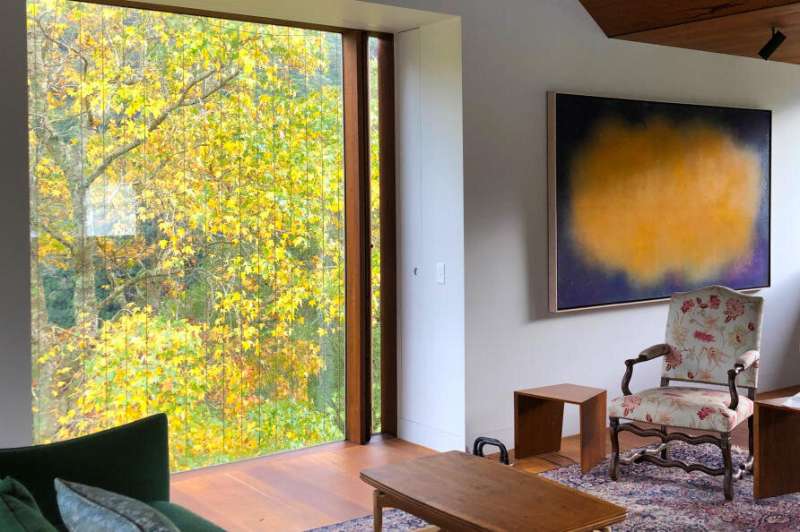
Bird-friendly windows
Those gorgeous floor-to-ceiling windows may provide beautiful views for human dwellers but can be deadly for our feathered friends. In North America alone, close to one billion birds die by colliding with windows each year.
By considering how birds visualize and react to reflective surfaces, we can design environments that better suit their needs.
Simple strings across the glass often work, but some architects, designers, city planners, and legislators are going further and creating exquisitely patterned façade structures that wrap entire buildings.
Walls for wildlife
More-than-human design approaches can help make better use of "wasted" space. A humble brick wall can become a wildlife haven in the right circumstances.
For example, custom-made blocks allow many birds to nest in the walls of houses. The design suits the nesting needs of the species and the materials ensure that housing insulation is not compromised.
Closer to home, the University of Melbourne's own pollinator hotel fits into a disused doorway to create a habitat for native bees.
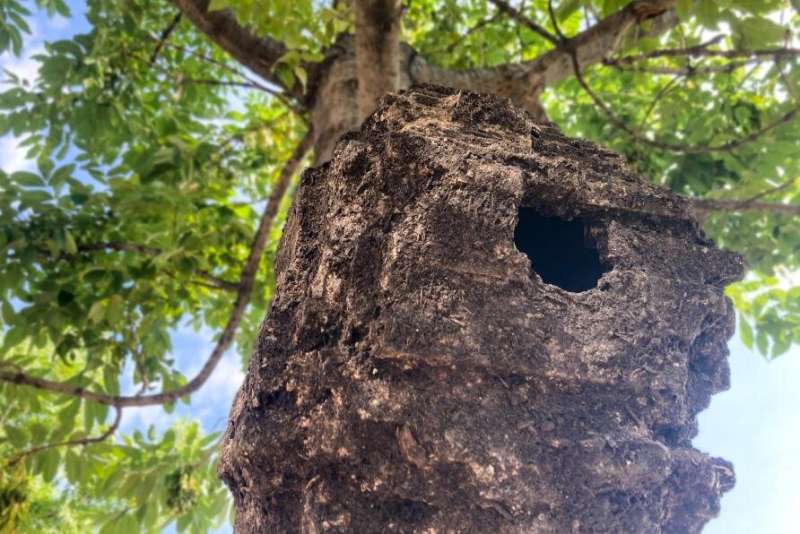
Bespoke tree hollows
Custom homes can also help birds and mammals that live in tree hollows. The Deep Design Lab will soon have a website that can help you to customize a tree-hollow design that suits your local environment.
The website enables you to order a 3D-printed hollow or make the hollow yourself using novel materials like earth and mycelium (the root-like structures of mushrooms).
These do-it-yourself approaches make it possible for residents and community groups to install computer-designed hollows in backyards and parks.
Underwater gardens
Our urban waterways often have hard edges. Smooth, concrete seawalls and expansive marinas do not provide the nooks and crannies that aquatic organisms need to survive.
The Living Seawalls project combines cutting-edge design and the science of ecology to create complex artificial habitats that mimic rocky reefs and seaweed forests for crabs and worms.
The seawall panels in Sydney Harbor support at least 36% more species than plain, unmodified seawalls, with as many as 85 species of invertebrates, seaweeds and fish.
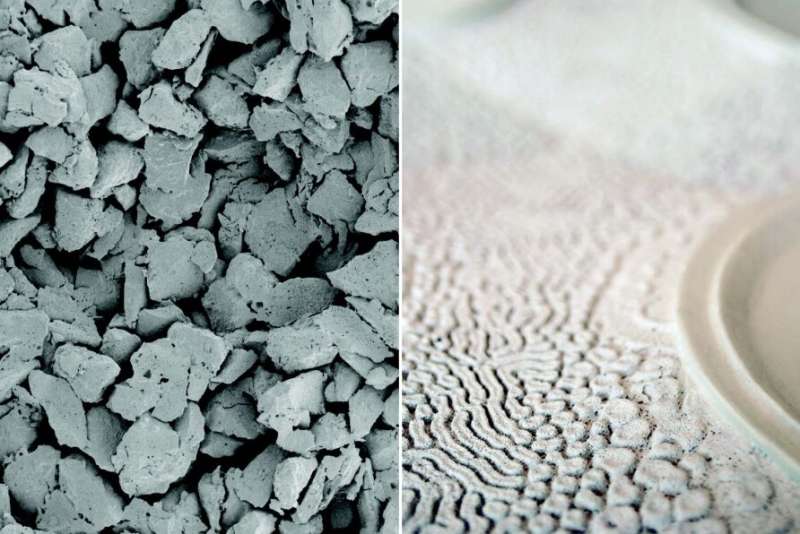
Probiotic buildings
Even the tiniest living organisms can benefit from more-than-human design approaches. Building materials that have pores and textures can host more microbes in cities.
Rather than trying to eliminate microorganisms from our living spaces, we can embrace beneficial bacteria that can help us maintain healthy biomes on our skin and in our guts.
Toward design for all life
There's a growing interdisciplinary effort to address issues that extend beyond human needs.
The popularity of 3D-printed frog hotels or DIY possum palaces tells us there's a broader social appetite for living with nature. But this is about much more than building high-tech homes for animals.
Advocates argue that the practice of designing for all life can enable deeper consideration of Connection to Country principles, more biodiverse and animal-friendly cities, and better outcomes for human health.
All of this would help us move toward more ethical and sustainable architecture.
Such architecture should highlight the value of biodiversity, the interconnectedness of ecosystems—as well as the impact of human actions.
Greater collaboration with the non-human beings that live along with us can help us reconsider where and how we live, creating a more just and sustainable world for all.
















